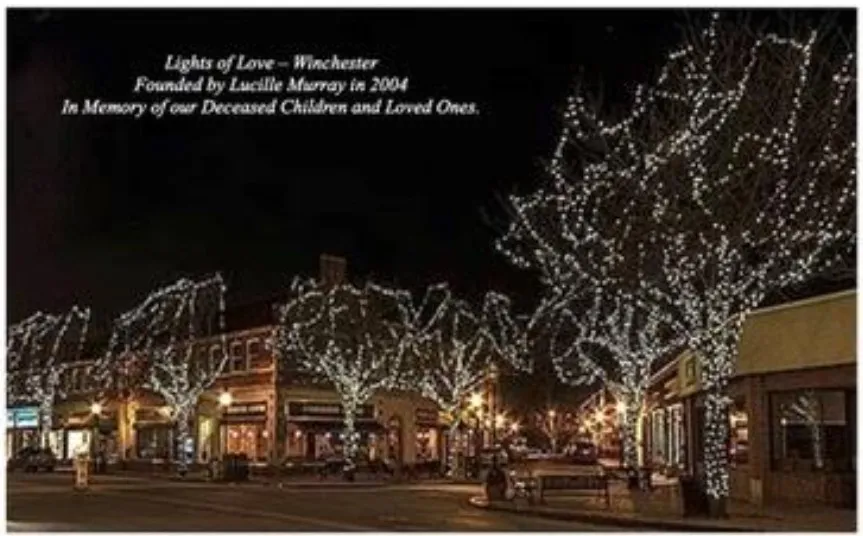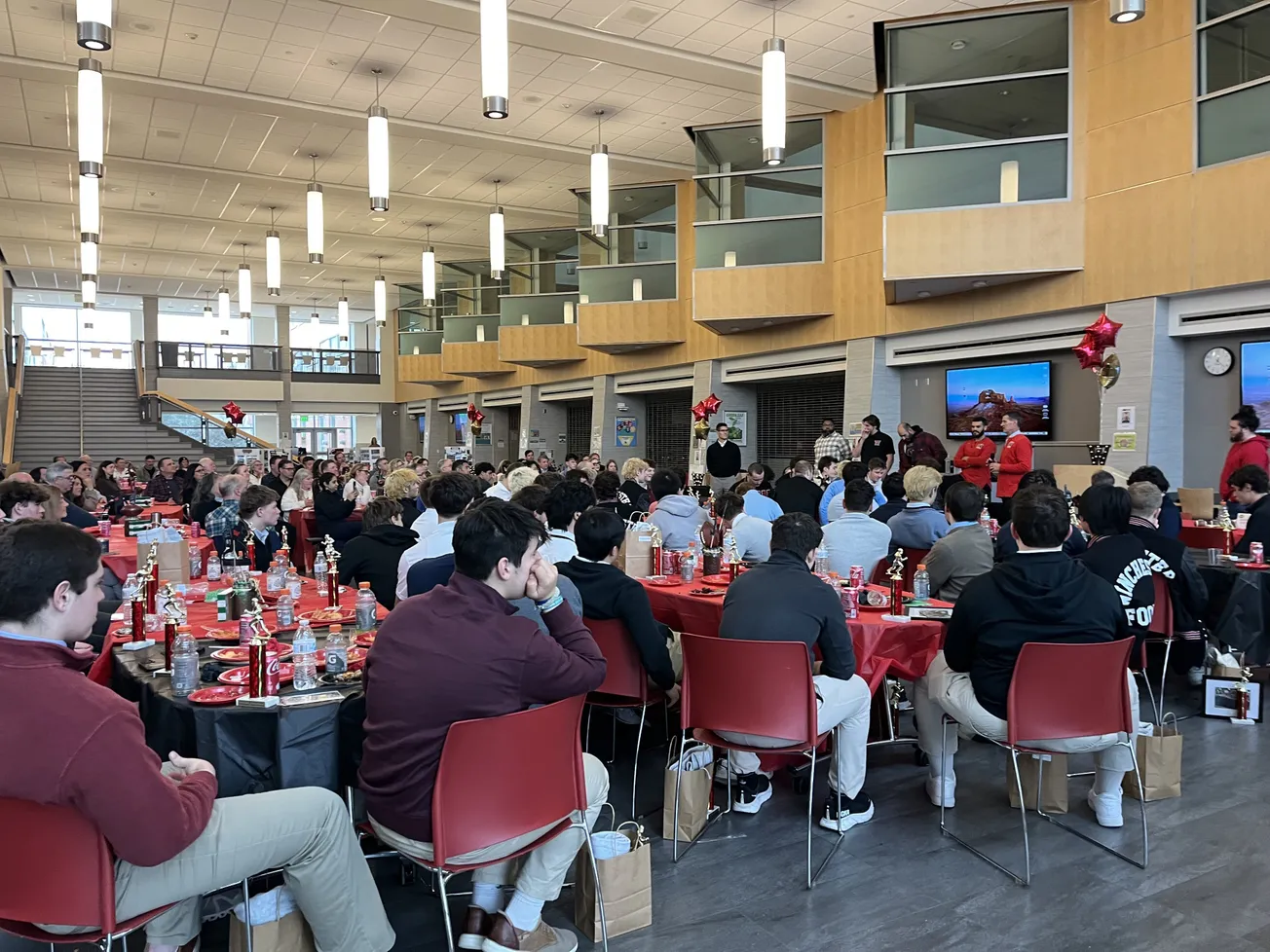Table of Contents
I’m a big fan of historical coincidences, the more outlandish and unpublicized the better.
For instance, there’s the curious alignment of John Adams and Thomas Jefferson – revolutionary colleagues, then bitter rivals, and finally friends – who died on the same day, July 4, 1826, the 50th anniversary of American independence.
Or take the strange case of Edwin Booth and Robert Lincoln. On a busy platform at a New Jersey train station, Booth reached out and pulled Lincoln to safety as he was about to stumble into the path of an oncoming railway car. Sadly, it was a temporary mercy. A short time later, in April 1865, Booth’s estranged younger brother, John Wilkes Booth, shot and killed President Abraham Lincoln – Robert’s father – in a Washington, DC theatre.
And then there’s the seemingly made-up saga of Violet Jessop, who at various times was working aboard sister ships Titanic, Olympic, and Brittanic, when they either sank or sustained serious damage, and yet she survived to give an account of each mishap.
All unlikely occurrences, I think you’ll agree.
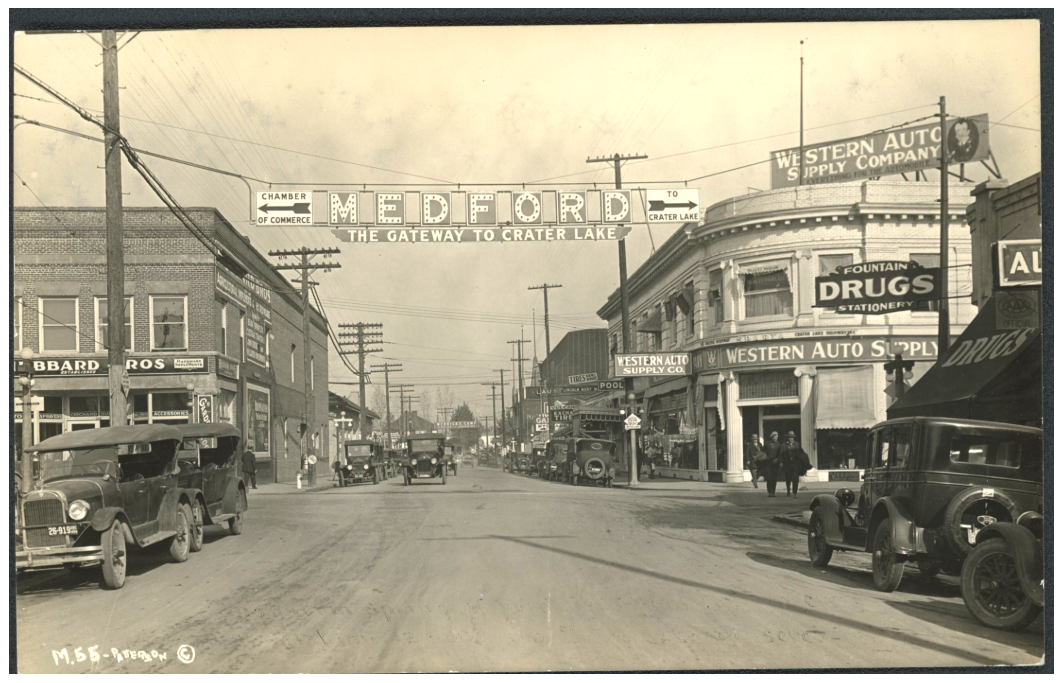
But I have my own coincidental tale to relate, one you’ve definitely not heard before (and with a happier outcome), involving two cities in southwestern Oregon, only a short drive apart, that I’ve never visited.
And yet their names map out the direction my life would eventually take.
Intrigued?
Well, let me first give you some helpful background information.
Despite my relocation to Dublin in 1992, I’m a born and bred Medford lad, as rooted in the locality as the Mystic River, the Isaac Royall House, and Tufts University. As any exile – voluntary or otherwise – will confirm, nothing sharpens a person’s interest in their home place more than an extended absence. Just ask James Joyce, English literature’s most celebrated expat, who never overcame his lifelong fixation with Dublin.
My connections to Cork, Ireland are also undeniable. My maternal grandparents sailed from Cobh to Boston around 1930, coming to rest in Cambridge, not far from Harvard University, and never leaving. My grandmother Madge (Hanlon) Reardon was one of nine siblings, all of whom, bar a younger brother Timmy, survived into adulthood. Three sisters – Mary, Nora, and Betty – and a brother Jack remained in Cork, and two sisters, Polly and Julie, emigrated to England. Another sibling, my grandmother’s sister Kay, also came to live and raise a family in Cambridge.
These strong family links to the Rebel County go some way to explaining how I ended up in Ireland – first as a wandering backpacker in the 1980s and then as a citizen and family man – because my wife also hails from Cork.
When I give you the name of her home place, the penny might drop.
The big reveal: My wife Breda is from a sizable town of 8,200 souls in the southwest of the county called Bandon.
Nothing?
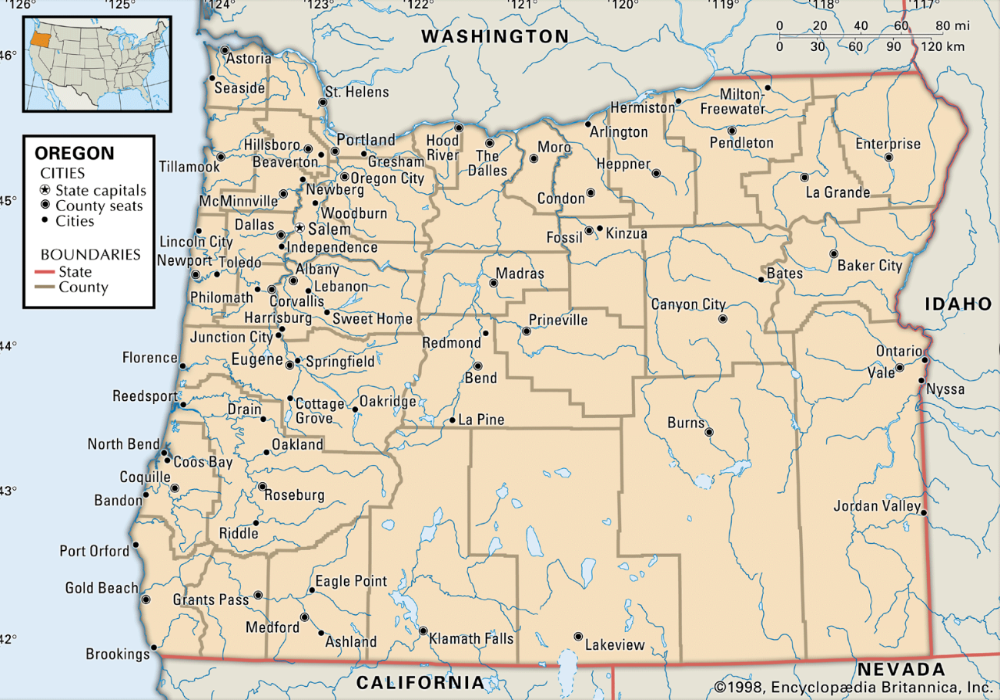
Well, in the lower left corner of any decent map of Oregon, you’ll see that the 33rd state is home to two communities named Medford and Bandon, each founded by people familiar with Medford, Massachusetts and Bandon in Cork.
Medford’s West Coast reimagining came about through the efforts of David Loring, a civil engineer and right-of-way agent for the Oregon and California Railway, who was tasked with finding the best route through the Rogue River Valley, which has since become the cultural and economic heart of Southern Oregon near the California border.
In 1883, Loring chose the name Medford for his railway-inspired outpost, after the original Bay State town – soon to be incorporated as a city – near his own historic birthplace of Concord.
According to one source, Loring selected the name Medford because his chosen spot was in the middle of the Rogue River Valley, as well as being located near several fords in the valley, just north of the new town. Of course, it could also be that Loring was aware that an established community named Concord already existed a mere 340 miles away in California – home since 1969 to a respected jazz festival and record label.
As Medford booster Loring continued to plot out a new community on behalf of his railway bosses, Bandon, Oregon was already up and running, established in 1873 by Irish peer George Bennett and named after – you guessed it – Lord Bennett’s birthplace in Cork. Bennett was perhaps lured to America’s unspoiled Pacific Northwest by Henry Baldwin, also from Cork, who was shipwrecked along the Oregon coast in 1852.
Before long, Bennett saw the development potential of his new settlement, as it was close to the Pacific Ocean and thus important trade routes. Also, a commercially-viable river flowed nearby, and vast stands of timber in the vicinity supplied both building material and a valuable trading commodity. Soon a post office was established. Then a sawmill, a schoolhouse, and a Catholic church were built, bolstering the fledgling community.
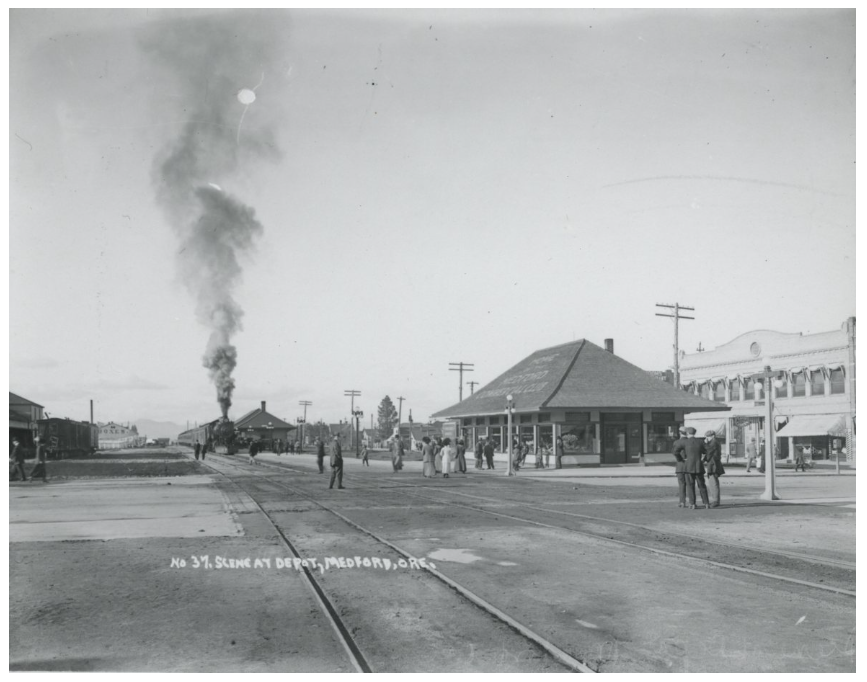
Despite his economic vision, Bennett is remembered less fondly for introducing gorse, or furze, to Oregon’s South Coast. This highly-flammable import soon grew wild and helped fuel a catastrophic 1936 fire that destroyed Bandon’s entire commercial district.
In a warm introduction of a different sort: Two decades ago, my brother-in-law Michael Mehigan, an Irish Bandonian to his core, was on an extended West Coast road trip with buddies and eventually found himself in Bandon, Oregon. Naturally enough, Mike ended up as the guest of honor in the city’s Cranberry Festival Parade, riding in a flatbed truck draped with the banner “From Bandon to Bandon” and waving to onlookers while flanked by the high school football team and marching band.
So, there you have it. Two Oregon cities I’ve never set foot in, established a century and a half ago, that would, in a way Rod Serling might appreciate, foretell so much to come in my life.
Medford native Steve Coronella has lived in Ireland since 1992. He is the author of “Designing Dev,” a comic novel about an Irish-American lad from Boston who’s recruited to run for the Irish presidency. His latest paperback publications are “Entering Medford – And Other Destinations” and “Looking Homeward - Essays & Humor from a Misplaced American.”



